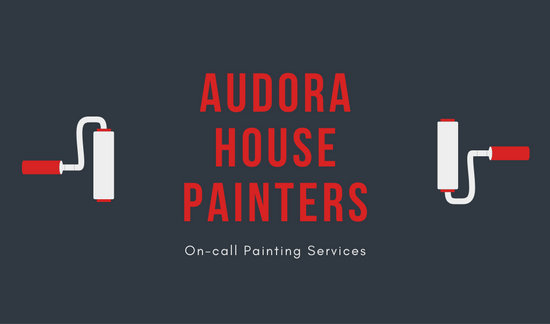Essential Seasonal Aspects Of Commercial Exterior Painting: What You Must Understand
Essential Seasonal Aspects Of Commercial Exterior Painting: What You Must Understand
Blog Article
Created By-Regan Rosendal
When you're preparing a commercial exterior paint task, seasonal elements can make or damage your results. You'll wish to take into consideration exactly how temperature and moisture effect paint application and drying times. Selecting the appropriate season can ensure your paint sticks correctly and lasts much longer. But which seasons are truly the best for this sort of job? Let's check out the key elements that can impact your project's success.
The Influence of Temperature on Paint Application
When you're preparing a business exterior paint task, the temperature level can considerably impact how well the paint adheres and dries out.
Ideally, you intend to repaint when temperatures range between 50 ° F and 85 ° F. If it's also chilly, the paint may not heal correctly, causing concerns like peeling or breaking.
On the flip side, if it's as well hot, the paint can dry too swiftly, stopping appropriate adhesion and leading to an unequal finish.
You need to also take into consideration the moment of day; morning or late afternoon offers cooler temperatures, which can be more desirable.
Constantly inspect the producer's recommendations for the certain paint you're making use of, as they often provide guidance on the excellent temperature range for optimum results.
Humidity and Its Effect on Drying Times
Temperature level isn't the only ecological element that affects your business exterior painting job; humidity plays a substantial duty too. High moisture levels can decrease drying out times dramatically, influencing the overall top quality of your paint task.
When the air is saturated with dampness, the paint takes longer to treat, which can result in concerns like bad attachment and a greater threat of mold development. If you're painting on a particularly moist day, be prepared for extensive wait times in between coats.
It's important to keep track of regional weather conditions and plan accordingly. Preferably, aim for humidity levels in between 40% and 70% for optimal drying out.
Maintaining these consider mind guarantees your task stays on track and delivers a lasting coating.
Best Seasons for Commercial Outside Painting Projects
What's the most effective time of year for your business outside paint tasks?
straight from the source and early fall are usually your best choices. During these periods, temperatures are moderate, and moisture levels are frequently lower, developing excellent conditions for paint application and drying out.
Avoid summer's intense heat, which can create paint to completely dry also rapidly, bring about inadequate attachment and surface. Likewise, residential exterior painting can prevent proper drying out and healing, taking the chance of the long life of your paint job.
Aim for days with temperature levels in between 50 ° F and 85 ° F for optimum outcomes. Keep in mind to examine the regional weather forecast for rainfall, as wet conditions can ruin your job.
Preparation around these factors guarantees your painting job runs smoothly and lasts much longer.
Conclusion
In conclusion, planning your business outside paint projects around seasonal considerations can make a significant difference in the end result. By organizing job during the suitable temperatures and moisture levels, you'll ensure far better bond and drying out times. Bear in mind to watch on local weather prediction and pick the right time of year-- springtime and early fall are your best options. Taking these steps will certainly assist you accomplish a sturdy and professional surface that lasts.
